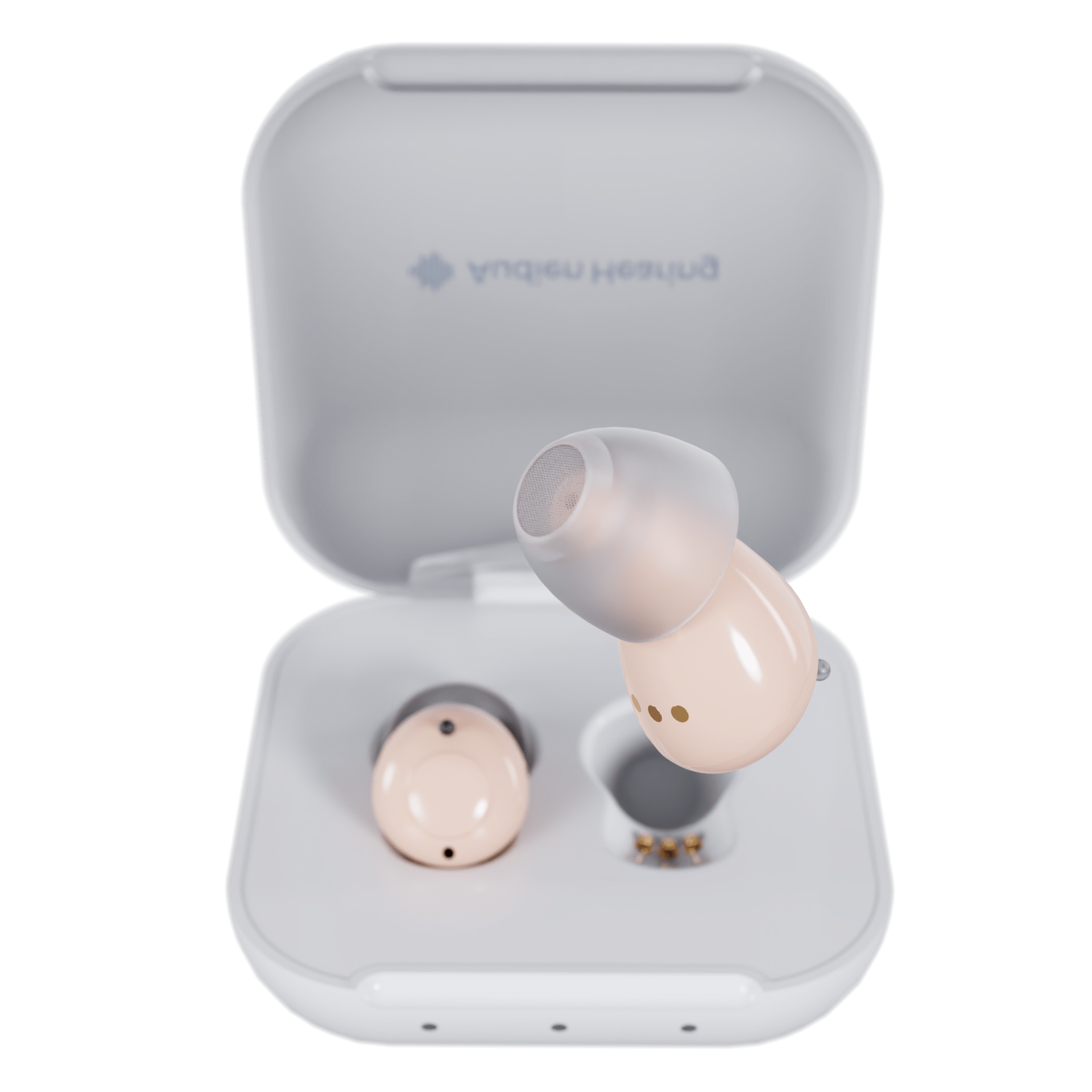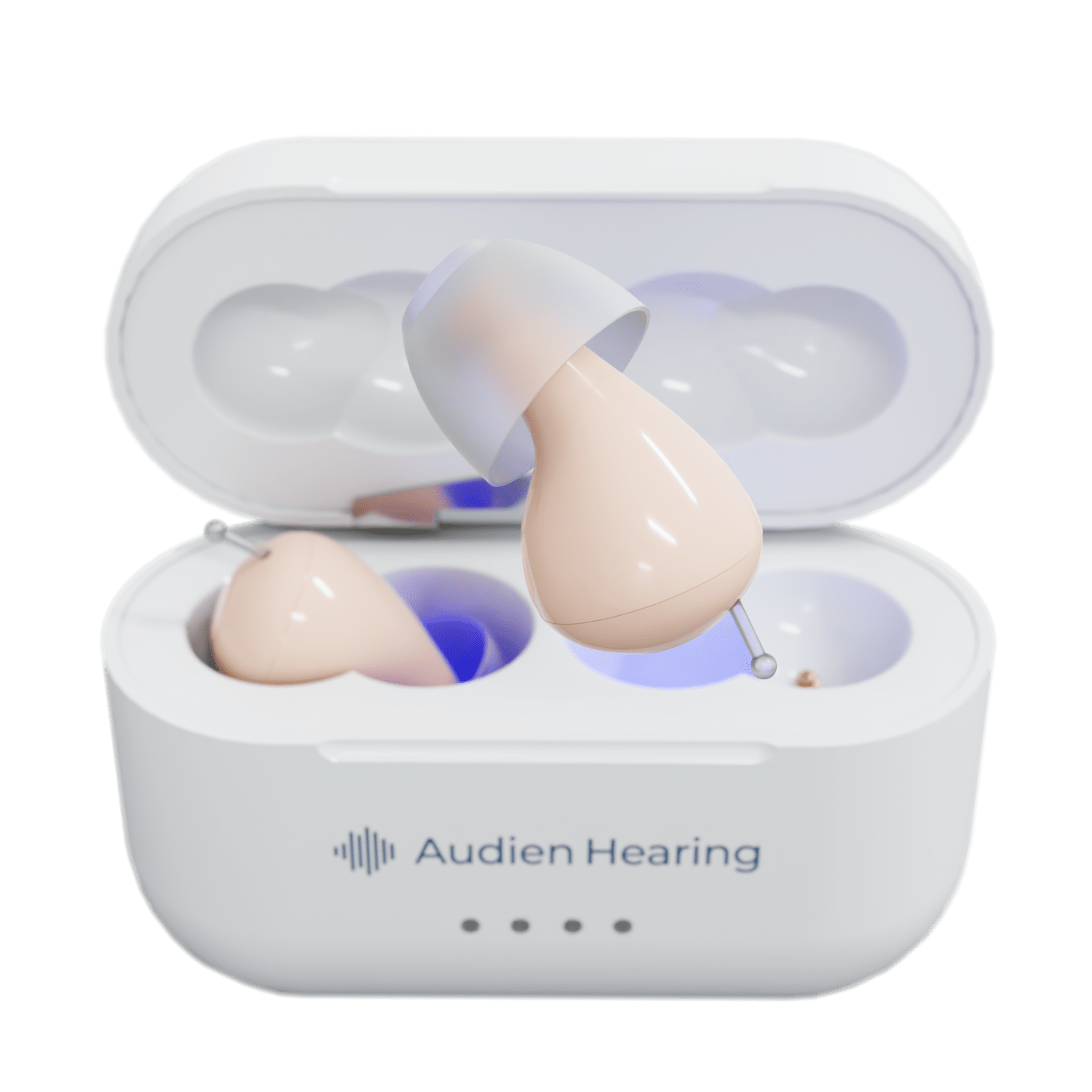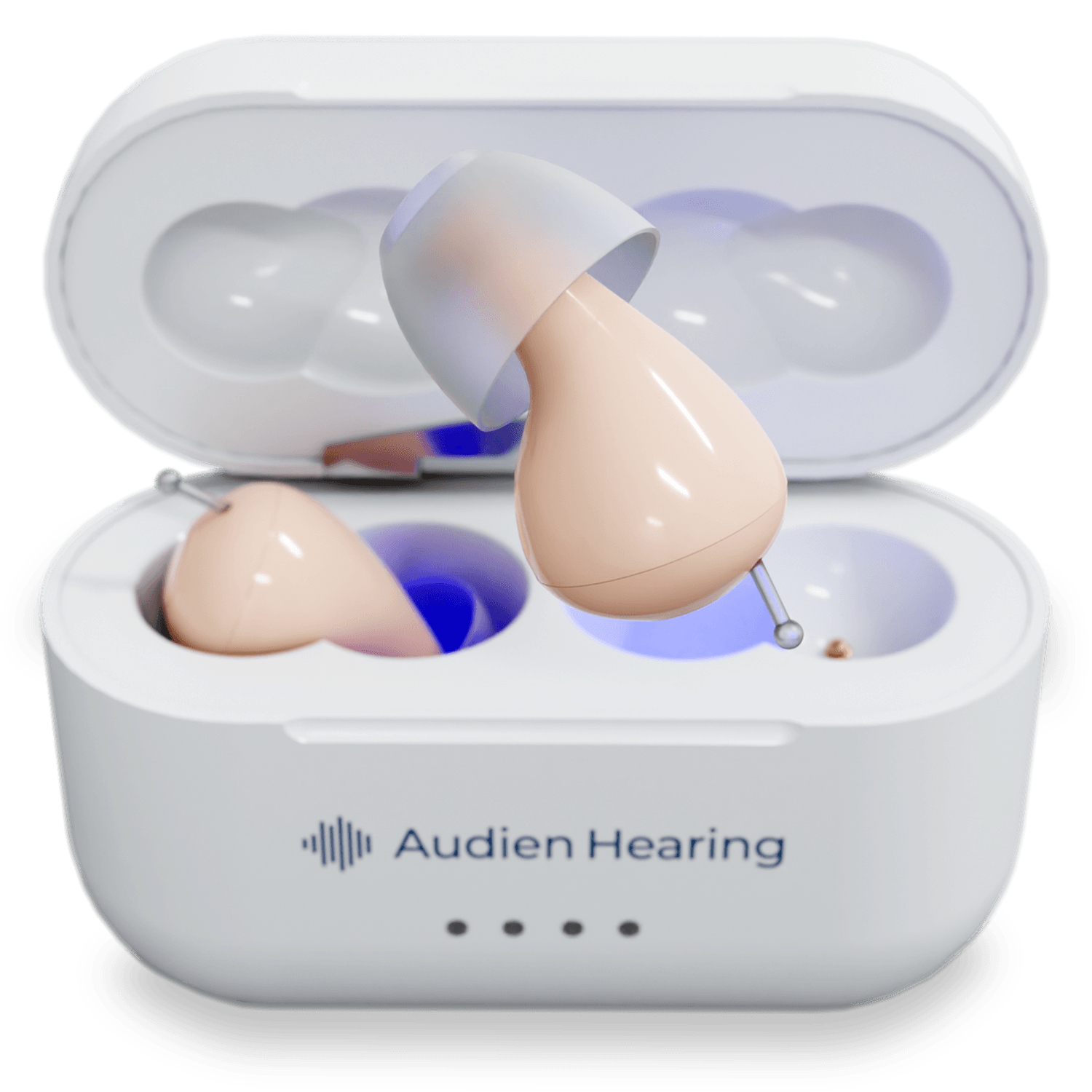For those who acquire hearing loss, wearing headphones can be a great way to enjoy certain activities they used to enjoy before the onset of the hearing loss. Here is everything you need to know about what to look for in a set of headphones.
Hearing Loss Symptoms
When a person experiences hearing loss, a part of their world depreciates. That experience is something that can come with some huge learning curves. Depending on the degree of hearing loss that a person experiences, a person with hearing loss may have to get used to a multitude of new factors.
For those who develop hearing loss later in life, the ability to hear has shaped their lives in so many different ways—learning the sounds of loved ones' voices that make you feel safe and valued. Also, learning the sounds of traffic and how certain noises can alert you to possible danger. Another hugely impactful area of our listening experience is music.
Music itself is an international language that can be understood and felt by people all over the world. Music sensations like Michael Jackson or the Beatles prove how truly transcendental music can be. It permeates cultures and bridges entire continents. For many of us, some of our fondest memories are linked to our favorite music. Whether it was the moments that shaped our individual musical tastes or simply wonderful memories that got backtracked by our favorite songs.
For the person who is experiencing hearing loss, the concept of losing this precious joy of life is not an easy one. With depreciated hearing -- how can you listen to music?
Types and Degrees of Hearing Loss

Not everyone experiences hearing loss the same way. There are three primary types of hearing loss and varying degrees of severity. The three types are conductive, sensorineural, and mixed hearing loss.
Conductive Hearing loss
Conductive hearing loss occurs when sound is unable to effectively travel through the outer or middle ear. This can happen due to blockages (like earwax), fluid buildup, ear infections, or structural problems. While some causes—like earwax—are easily treatable, others may require medical attention or surgical intervention.
Trauma or foreign objects can also cause conductive hearing loss by disrupting the transmission of sound through the ear. In many cases, addressing the underlying cause can restore normal hearing.
Sensorineural Hearing Loss
Sensorineural hearing loss (SNHL) occurs when there’s damage to the inner ear (cochlea) or the auditory nerve pathways that send sound signals to the brain. This type of hearing loss is usually permanent and may result from aging, noise exposure, genetics, head trauma, or certain medical conditions.
SNHL often affects the ability to hear high-pitched sounds or understand speech clearly, even if the volume seems adequate. Hearing aids are a common form of management, helping amplify sounds and improve speech clarity.
Degrees of Hearing Loss
The degree of hearing loss is based on how loud a sound must be (measured in decibels, or dB) before it can be heard. A normal hearing threshold is between -10 to 15 dB. As hearing declines, the decibel threshold increases, meaning that soft sounds become harder—or impossible—to detect.
The degrees of hearing loss are typically categorized as:
-
Mild (26–40 dB HL)
-
Moderate (41–55 dB HL)
-
Moderately Severe (56–70 dB HL)
-
Severe (71–90 dB HL)
-
Profound (91+ dB HL)
The more severe the hearing loss, the more amplification is typically needed to bring sounds back into a range where they are audible and understandable.
What a Hearing Aid Does
Hearing aids are designed to amplify sounds that fall below your hearing threshold. Using microphones and digital processors, they increase the intensity (loudness) of incoming sounds and transmit them to your ear via a speaker.
By doing this, hearing aids make previously unrecognizable sounds easier to hear, improving communication and quality of life. The type of hearing aid and its programming depend on your specific hearing loss.
The Difference Between Prescription and Over the Counter Hearing Aids
Prescription hearing aids are tailored to your exact hearing profile. Some may be custom molded to fit your ear, while others are pre-sized but individually programmed based on your hearing test results. These devices target the specific frequencies where your hearing is impaired and are adjustable over time as your needs change.
Over-the-counter (OTC) hearing aids, now approved by the FDA for adults with perceived mild to moderate hearing loss, do not require a hearing test or fitting. While they aren’t personalized to your audiogram, many OTC devices (like our EV1 and EV3) still use advanced digital sound processing to amplify speech and reduce background noise.
It's important to note that personal sound amplification products (PSAPs), while similar in appearance, are not medical devices and are intended for non-hearing-loss use cases (like hunting or birdwatching). They are not a replacement for hearing aids.
Headphones for Hearing Aid Users

Wearing hearing aids doesn’t mean you have to stop enjoying headphones. In fact, many hearing aid users find that over-ear headphones can work very well, especially if their devices are small enough to sit comfortably underneath.
For others, removing their hearing aids while using headphones works better—especially with high-quality over-ear or noise-canceling models. There’s no one-size-fits-all approach, and it's okay to experiment to see what sounds and feels best for you.
Over-Ear vs. On-Ear Headphones
-
Over-ear headphones are often recommended for hearing aid users. They fully cover the ear, offering better sound sealing and comfort—especially with behind-the-ear (BTE) or in-the-ear (ITE) devices.
-
On-ear headphones rest on the ear rather than around it. These are more ventilated and lightweight, but may not work well with hearing aids.
Noise Canceling
The next option that you’ll have available to you is that of noise cancelation. The way that noise-canceling works is that it sends out conflicting sounds that cancel out what could be thought of as sound pollution. It does this without affecting the music or audio that you are trying to experience.
This feature is something that we suggest getting when looking at purchasing headphones. While it will cause the price of the headphones to go up, the concentration and clarity it brings to the audio you're enjoying are worth the extra cash.
Conclusion
When looking for a pair of headphones, don’t let your hearing aids get in the way of making a decision. The best way to think of getting headphones is to make sure that you make a purchase that is comfortable for your ears and one that enhances your listening experience. For us, that typically means the over-ear wearing style and, if possible, noise canceling.
If you are thinking about making an over-the-counter purchase, our one-size-fits-all hearing aids are currently the smallest in-ear hearing aids on the market. This makes them a perfect match for most headphone styles. However, if you have any concerns about wearing hearing aids and headphones with your current level of hearing loss — please consult your primary care provider or ENT specialist.
“The newest headphones and Audien hearing aids make a terrific combination”. - Drew Sutton, MD, Board-Certified Otolaryngologist.
Source:
Degree of Hearing Loss | asha.org













